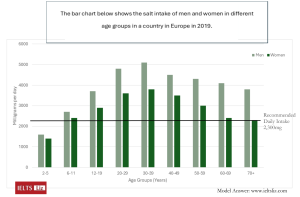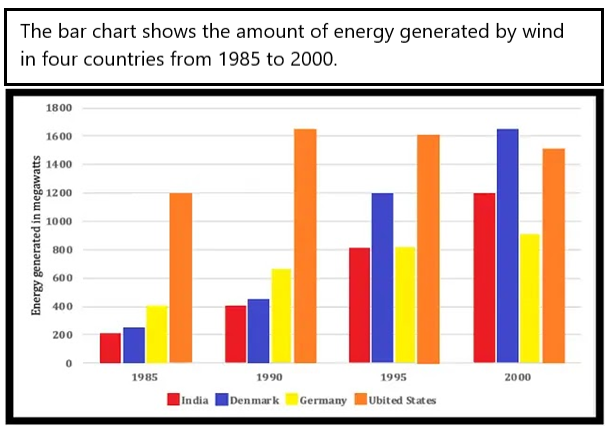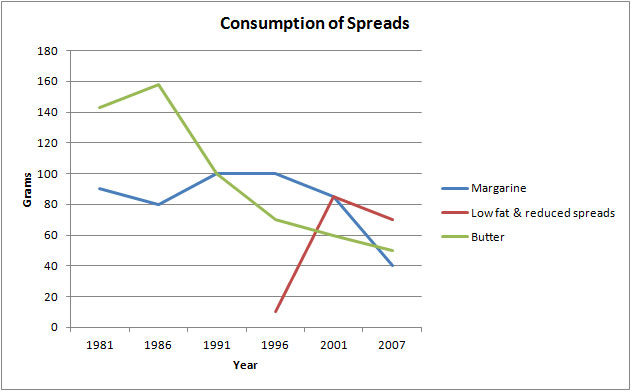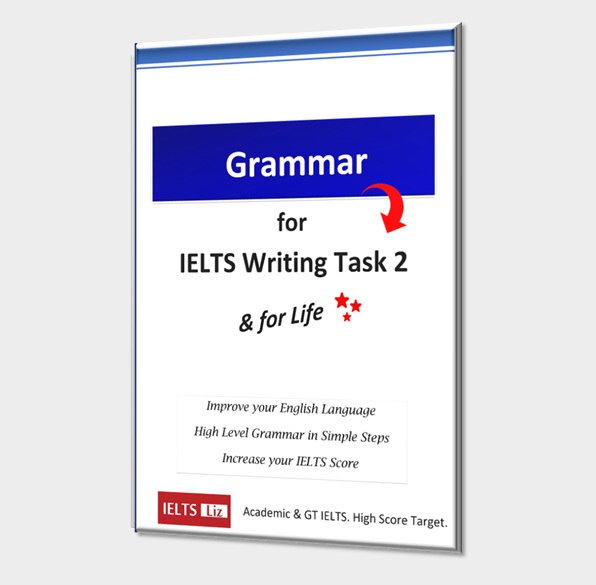Model Answers for Two Charts or Graphs in IELTS Writing Task 1. Below you will find combinations of different types of multiple tasks for your writing task 1 report. You can find more examples of multiple tasks in the Main Writing task 1 section of this website (for free).
Multiple Task Tips for Writing Task 1
- Be aware of your word count when you have more than one task. Try not to go over 200 words.
- Because there is a lot of information, you must be careful not to get lost in too much detail. Too much detail lowers your score.
- You probably can’t give all numbers so you must select key features without missing categories.
- The introduction must introduce both tasks. See this free video: How to write an introduction for Writing Task 1
- The overview must have key features of both tasks.
- The body paragraphs will be split between each task.
- Use the right language and linking words suitable for each type of task.
IELTS Multiple Writing Task 1: IELTS Single Pie Chart with Table
Two Chart Model Answer A:
The pie chart illustrates the destination of history graduates from a British university after they finished their undergraduate degree, while the table gives information about the areas of employment they chose and their typical incomes within six years of their graduation.
Overall, the overwhelming majority of history graduates were employed in full-time work, while the lowest percentage of graduates entering part-time postgrad courses. Most graduates were employed as history teachers and the least as archaeologists, with the lowest income. The highest income was those working as a solicitor.
Well over half of all history graduates were in either employed in full-time or part-time work (56% and 15% respectively) as opposed to only 12% who became unemployed. For those on postgrad courses, 7% were on full-time courses and 4% on part-time courses. 6% of graduates had unknown destinations.
Regarding employment, 30% became history teachers with an income of £32,000 , whereas only 9% were employed as historians, earning £49,000. Only 6% worked as archaeologists with an income of £29,000. The highest paid were solicitors, who accounted for 18% of graduates, earning around £57,000. 37% of those graduating had unknown employment with a salary of about £30,000.
Words = 194
IELTS Multiple Writing Task 1: Bar Chart with Two Pie Charts
Click to enlarge image:
Two Charts Model Answer B:
The bar chart and pie charts illustrate the percentage of people in Glasgow having three levels of education (university, school and those with no qualifications) in 2010. Information is divided into five age groups in the bar chart and by gender in the pie charts.
Overall, the majority of people under the age of 50 had university education, while for those 75 years old and above, they mostly had no qualifications. The proportions of men and women in all levels of education were similar.
Around 70% of people under 50 years old had university education, dropping to 50% between those aged 50 and 75. However, for people aged 75 and older , it was only 25%. In terms of school certificates, this was 20% or 15% for 16 to 75 year olds as opposed to only 3% in the oldest age group. Most people 75 years old and above, had no qualifications as opposed to only 9% in those under 50 years old.
The proportion of men and women with school certificates was exactly the same (33%). Regarding university certificates, there were 3% more men than women (32% and 29% respectively). Conversely, 3% more women than men had no qualifications (38% and 35% respectively).
Words = 204 (under 200 is ideal, but up to 210 is acceptable if the task has a lot of information. Over that will lower your score)
RECOMMENDED FOR YOU
Click below:
ALL WRITING TASK 1 MODEL ANSWERS AND TIPS
.












